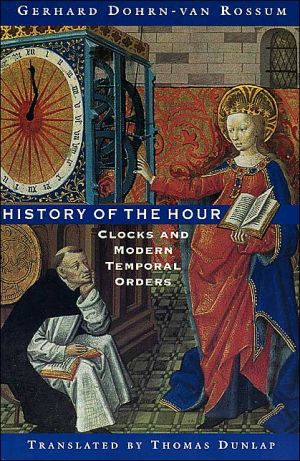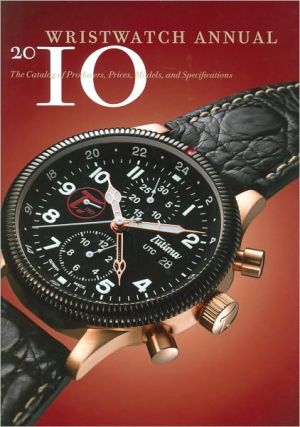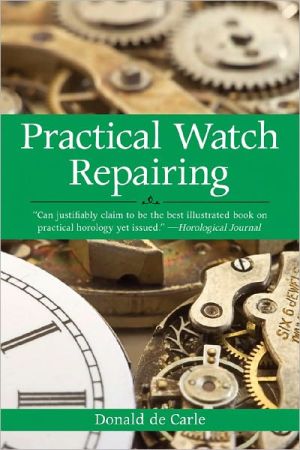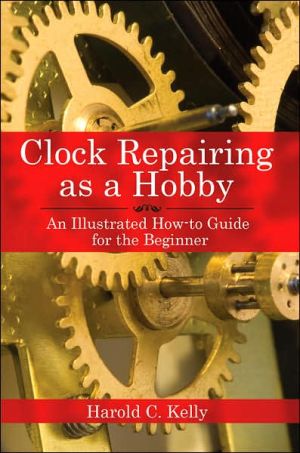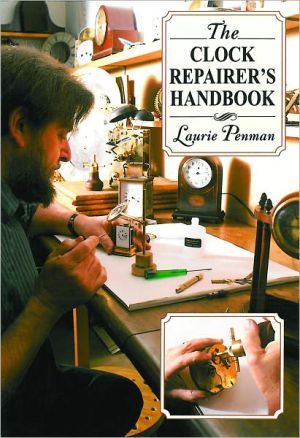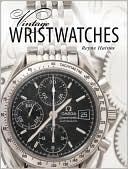History of the Hour: Clocks and Modern Temporal Orders
In this sweeping study of the organization of time, Dohrn-van Rossum offers fresh insight into the history of the mechanical clock and its influence on European society from the late Middle Ages to the industrial revolution. Detailing the clock's effects on social activity, he presents a vivid picture of a society regulated by the precise measurement of identical hours.\ "In tracing the evolution of time consciousness with scholarship and skill . . . Dohrn-van Rossum evokes the many ways that...
Search in google:
In this sweeping study of the organization of time, Dohrn-van Rossum offers fresh insight into the history of the mechanical clock and its influence on European society from the late Middle Ages to the industrial revolution. Detailing the clock's effects on social activity, he presents a vivid picture of a society regulated by the precise measurement of identical hours. "In tracing the evolution of time consciousness with scholarship and skill . . . Dohrn-van Rossum evokes the many ways that the small moments of life have come to be reckoned with the passage of time."—Dava Sobel, Civilization"Dohrn-van Rossum paints a highly nuanced picture of time's conquest of modern life."—Steven Lagerfeld, Wilson Quarterly"This book is definitive in showing the clock's pervasive influence over European society."—Virginia Quarterly Review"[A] delightful, excellently translated history."—Choice"Dohrn-van Rossum has produced a persuasive and brilliantly documented new understanding of how modern time-consciousness arose."—Owen Gingerich, NatureLibrary JournalToday it is impossible to think of a life unregulated by clocks or a day structured other than in 24 60-minute hours. In the Middle Ages it was different, however, and changing. Historian Dohrn-van Rossum (Univ. of Bielefeld, Germany) examines in detail the technical developments that time-keeping mechanisms were undergoing, principally between 1300 and 1600, and the subtle interactions of these developments with European culture (political, religious, economic, and scientific). Some previous theories are debunked. Readable and thoroughly researched, this is required for history of science collections.Michael D. Cramer, Virginia Polytechnic & State Univ. Libs., Blacksburg
List of Figures1Introduction12The Division of the Day and Time-Keeping in Antiquity173The Medieval Hours (Hora)294Medieval Horologia and the Development of the Wheeled Clock455From Prestige Object to Urban Accessory: the Diffusion of Public Clocks in the Fourteenth and Fifteenth Centuries1256Late Medieval Clockmakers1737Clock Time Signal, Communal Bell, and Municipal Signal Systems1978The Ordering of Time: The Introduction of Modern Hour-Reckoning2179Work Time and Hourly Wage28910Coordination and Acceleration: Time-Keeping and Transportation and Communications up to the Introduction of "World Time" Conventions323Abbreviations351Notes353Bibliography435Index440
\ Library JournalToday it is impossible to think of a life unregulated by clocks or a day structured other than in 24 60-minute hours. In the Middle Ages it was different, however, and changing. Historian Dohrn-van Rossum (Univ. of Bielefeld, Germany) examines in detail the technical developments that time-keeping mechanisms were undergoing, principally between 1300 and 1600, and the subtle interactions of these developments with European culture (political, religious, economic, and scientific). Some previous theories are debunked. Readable and thoroughly researched, this is required for history of science collections.Michael D. Cramer, Virginia Polytechnic & State Univ. Libs., Blacksburg\ \
